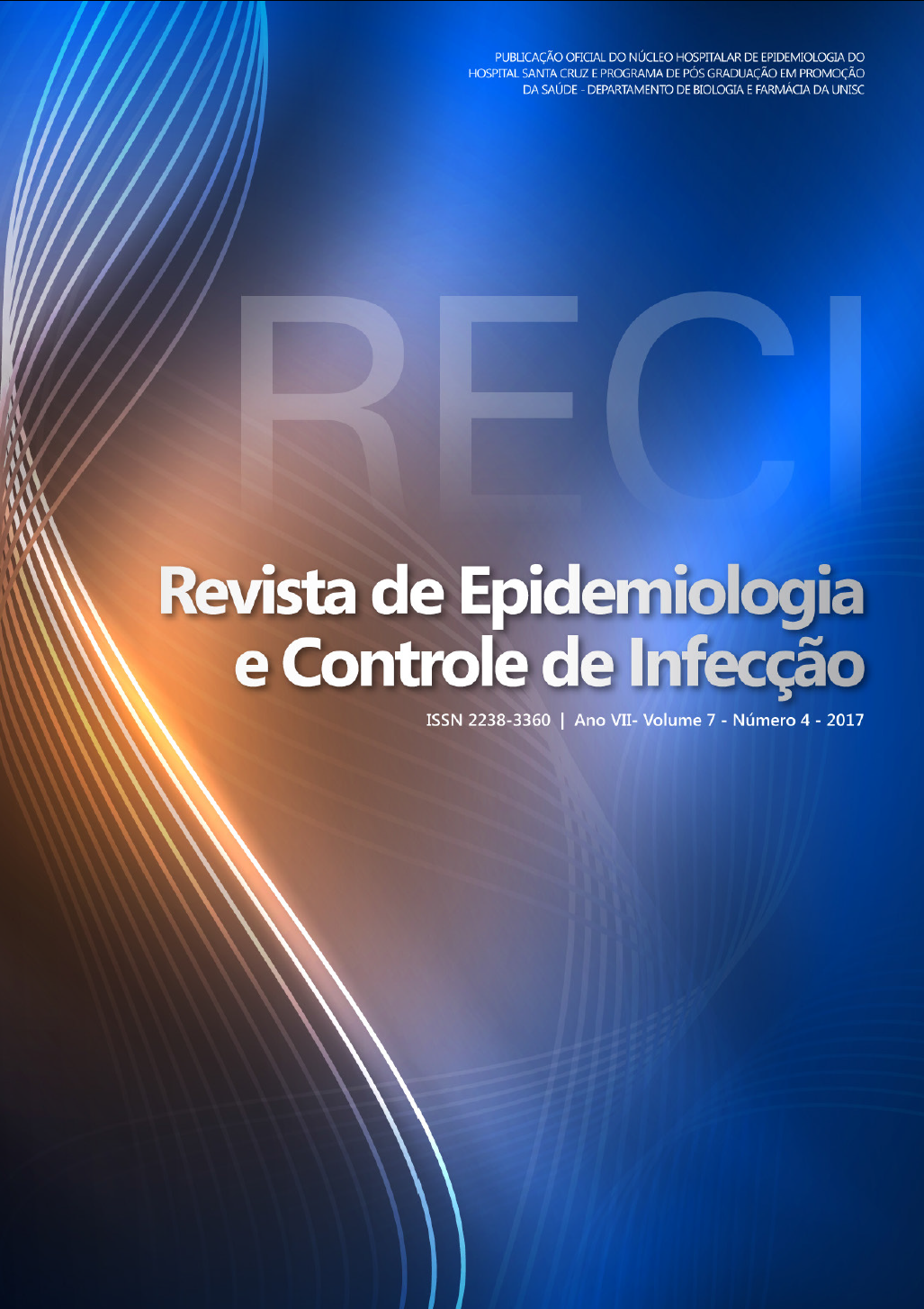The knowing and doing of nursing academic facing accidents with sharp instruments
DOI:
https://doi.org/10.17058/reci.v7i4.8988Abstract
Backgrounds and Objectives: Injuries caused by accidents with sharps instruments represent a serious problem in health institutions, the present work aimed was to verify if what the nursing academics say they know about the correct practices in the case of accidents with sharp instruments, corresponds or not to what they say they would do in case the accident happened. Methods: The sample was composed of eighty-eight students of two campus of a university in Paraná state. Data collection was made by an instrument composed of eight situations describing hypothetical accidents with sharp instruments in nursing practice. Each situation was followed by three alternatives: one 11 correct, another half correct, and the other one incorrect. For each description the student was asked to indicate which action the professional should take, and evaluate what the professional would probably do in the real situation. Results: It was observed a discrepancy between what the students say to "know" about the right practices in accidents and what they say to "do" facing an accident. Conclusion: The conclusion was that educational interventions and strategies in nursing schools need to be developed to minimize such differences, increase the perceptions about the risks involved in accidents with biological materials and emphasize the importance of preventive measures.Downloads
Downloads
Published
How to Cite
Issue
Section
License
The author must state that the paper is original (has not been published previously), not infringing any copyright or other ownership right involving third parties. Once the paper is submitted, the Journal reserves the right to make normative changes, such as spelling and grammar, in order to maintain the language standard, but respecting the author’s style. The published papers become ownership of RECI, considering that all the opinions expressed by the authors are their responsibility. Because we are an open access journal, we allow free use of articles in educational and scientific applications provided the source is cited under the Creative Commons CC-BY license.


